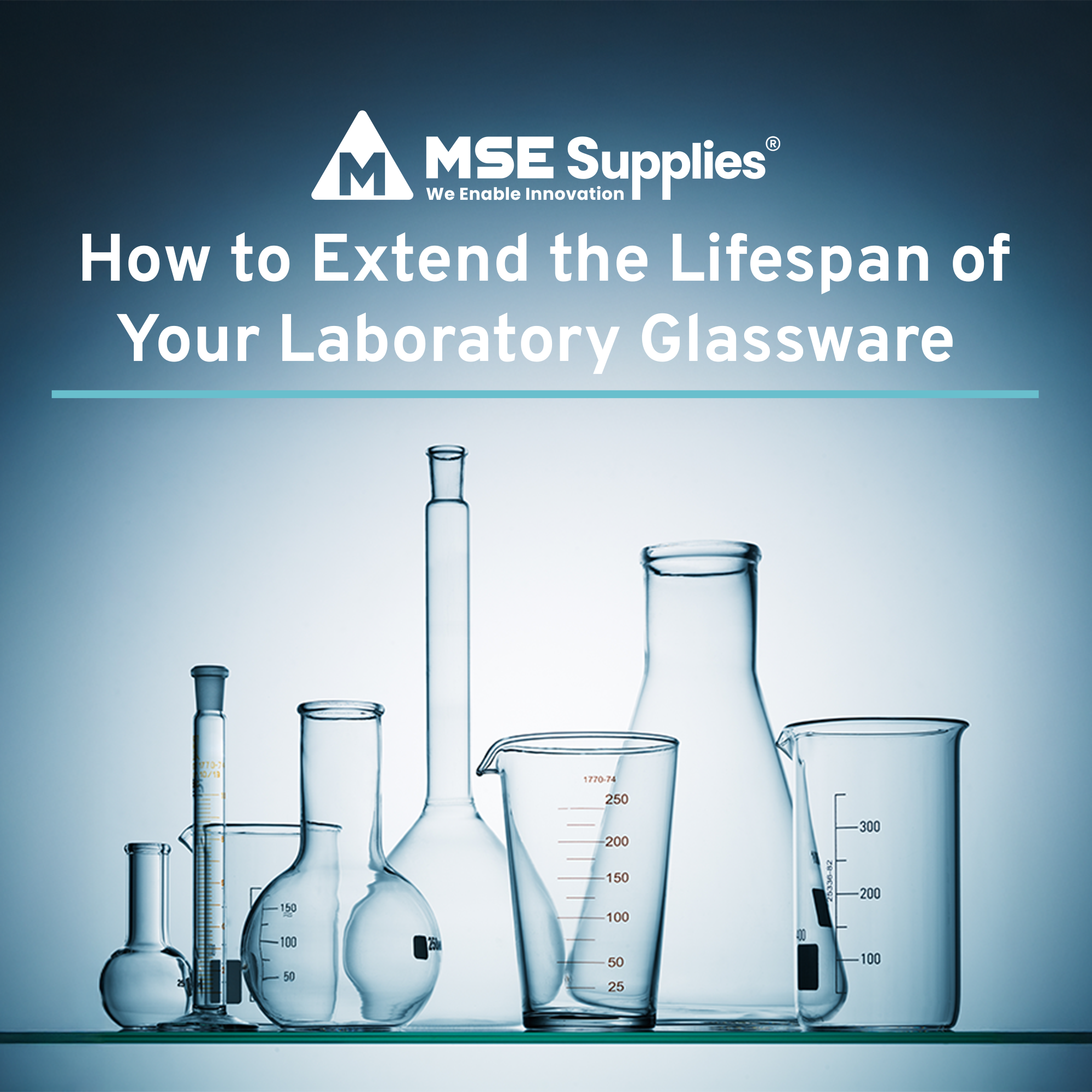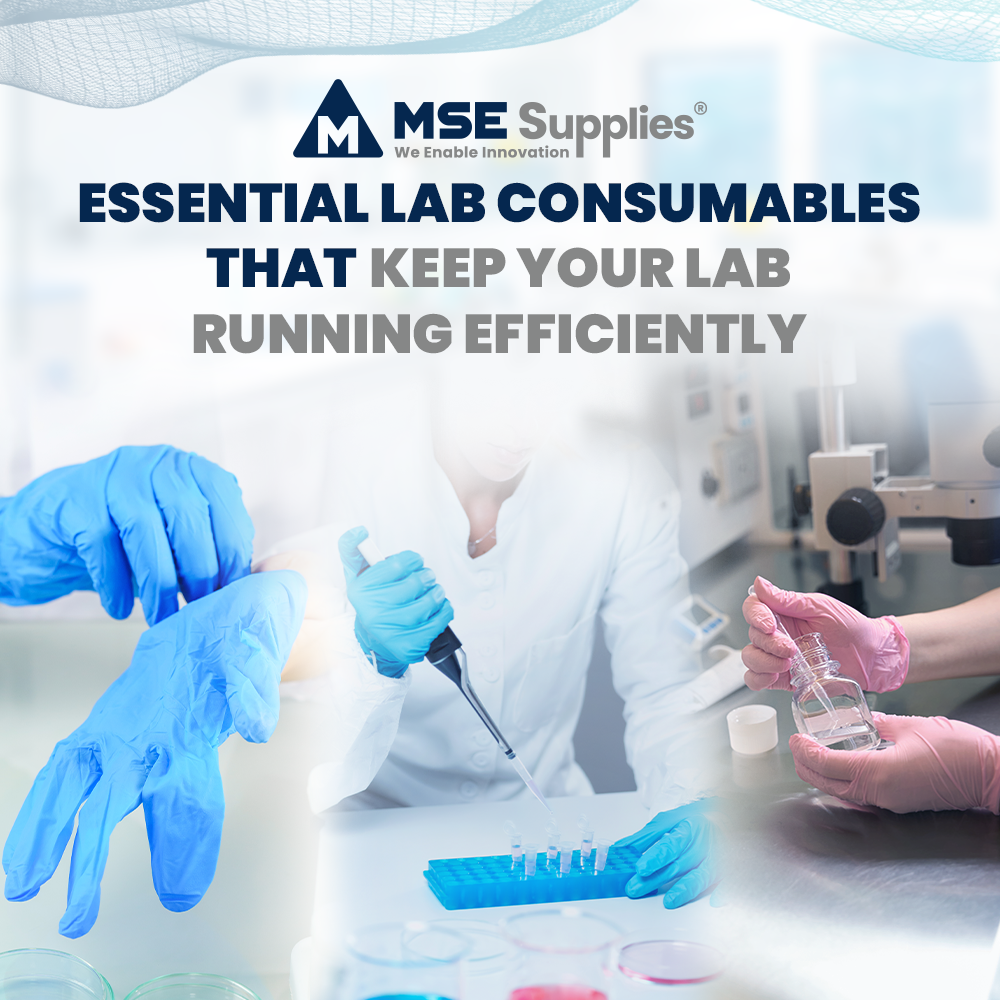Compound Semiconductor Wafers and Substrates
Posted by MSE Supplies on
A compound semiconductor is a single crystal semiconductor material composed of two or more different elements. Binary compound semiconductors are made from many elements; for instance, SiC binds two group IV elements, but many can be recognized as elemental pairs taken from either side of the Group IV elements. Some of the widely used compound semiconductors include GaN, AlN, InSb, and GaAs from the III–V element groups and CdS, ZnSe, and HgTe from the II–VI groups. Many bind together in the zincblende (FCC diamond symmetry) or wurtzite (hexagonal symmetry) structures.
Standard or custom-made compound semiconductor wafers and substrates can be ordered from MSE Supplies (www.msesupplies.com).

Fabrication of Compound Semiconductors
Metalorganic vapour phase epitaxy (MOVPE) is the most popular deposition technology for the formation of compound semiconducting thin films for devices. It uses ultrapure metalorganics and/or hydrides as precursor source materials in an ambient gas such as hydrogen.Other techniques of choice include:
- Molecular beam epitaxy (MBE)
- Hydride vapour phase epitaxy (HVPE)
- Liquid phase epitaxy (LPE)
- Metal-organic molecular beam epitaxy (MOMBE)
- Atomic layer deposition (ALD)
Compound semiconductors have found commercial applications as optoelectronic devices. The direct bandgap of many makes them more efficient light emitters.
A larger lattice mismatch when one film is grown over another can lead to defects at the interface in the bulk material that reduce optical and electronic device performance. Placing two materials with different lattice constants will result in lattice strain. The strain can be large enough that the lattices are incoherent and do not register their atoms and the lattice is incoherently grown over the substrate. The thin film lattice may choose to accommodate the substrate lattice by forming strong ionic/covalent bonds between the atoms on the two surfaces; this distorts the natural lattice constant of the film lattice. The lattice, so distorted, can be compressive or under tension. However, when the film thickness reaches a critical thickness, the film relieves the strain by forming dislocations. In some cases, the dislocations can extend through the entire film. Dislocations extending through the lattice are undesirable because they affect electron dynamics throughout the bulk. When dislocations are formed, it is desirable to confine them near the interface.



